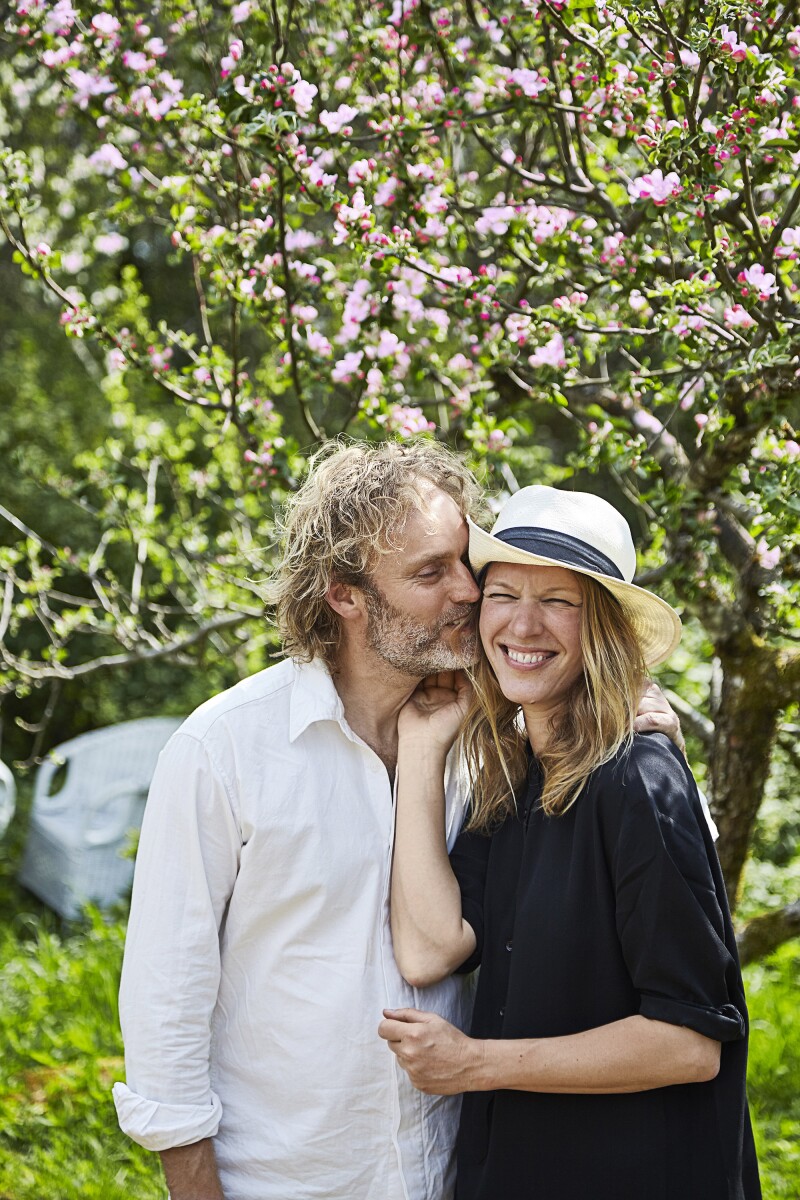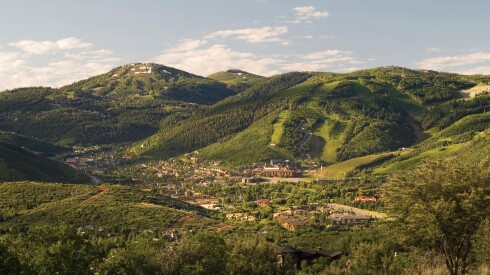“Find some nice people and sit close to them.”
The man who told me this was tending a fire in the middle of a Swedish forest, the flames that illuminated his graying blond locks making him look like a hippie Viking. On the embers in front of him, he had laid a pike perch caught earlier that day in a nearby lake.
I did not feel like finding some nice people. I had left sunny Copenhagen hours earlier, expecting to arrive at Stedsans in the Woods in southwestern Sweden by midafternoon, with plenty of time for a relaxing afternoon walk around the glassy lake, and maybe a sauna before dinner.
Instead, malevolent Nordic trolls invaded the GPS of my rental car while I sat eating buffet pancakes with lingonberry jam at a truck stop. Or at least that’s how it seemed. Because somehow I ended up following directions that led me not to the rustic yet refined retreat I was seeking, but to a dirt road where a stranger chopping logs in front of a lonely, rundown farmhouse communicated to me that I was exceedingly lost. At which point, it began to pour.

Before opening Stedsans in the Woods with her husband, Mette Helbæk owned a group of vegetable shops in Copenhagen.
Courtesy of Stine Christansen/Stedsans
By the time I righted myself and made it to Stedsans, my intended destination, it would have been sundown if there had been any sun to see, and my mood was only slightly north of foul. The air had turned raw, and mud caked my boots as I tromped over the soggy forest floor to one of Stedsans’s simple wooden cabins to drop my bag. I did not feel like being sociable. But at the retreat’s restaurant, even deeper in the woods, Flemming Hansen had a different idea. To be honest, it looked like no restaurant I’d ever seen. Surrounded by trees and illuminated only by candles, it seemed like the kind of place where elves might hold a banquet for their forest creature friends. Tarps strung from branches shielded the kitchen from the elements, and all cooking was done over fire. And given the absence of electricity, that bonfire, I soon learned, served not only as stovetop, but as a cocktail bar and after-dinner lounge as well—a gathering point that used nature’s own elements to bring people together. “The whole idea is to create a life that is lived outdoors as much as possible,” Hansen explained.

Flemming Hansen and Mette Helbæk serve food raised on their permaculture farm to guests.
Courtesy of Stine Christansen/Stedsans
In 2016 he and his wife, Mette Helbæk, bought an old barn and seven acres of Swedish forest, and set about equipping it for guests. The first year, Hansen built a bathhouse and composting toilets; accommodation was in bedouin tents. He also added a graceful sauna that floats alluringly on the property’s lake. The second season, he began constructing cabins, pristinely simple wooden structures that Helbæk decorates with a firm commitment to sustainability and gobs of Nordic good taste. “Flemming is the one who comes up with the ideas,” she told me later. “I’m the one who figures out what they should look like.”
To furnish Stedsans, Helbæk, a writer, designer, and food stylist, regularly prowled local flea markets in search of objects that bore traces of their creators’ energy. But she also made many things with her own hands, right in the forest. When it came time to find bed frames, for example, she and a coworker simply built them themselves. “I’m a big believer in wabi-sabi, the [Japanese philosophy that finds] beauty in the imperfect,” she said. “And even though I’m not a woodworker by any means, I teach myself the things I need to know.”
The same kind of intentionality goes into the food. Hansen has spent most of his professional life cooking in a way that emphasizes the local and seasonal. But at Stedsans he goes further.

Helbæk has written four cookbooks focused on natural eating.
Photo by Line Klein
“The fish came from that lake over there,” he said. “And the vegetables aren’t just farm to table. They were harvested today. There’s no electricity in the kitchen, so there are no fridges, which means that everything here is made à la minute. You can taste the vitality in everything.”
That’s not the only source of vitality. From the beginning, Helbæk and Hansen knew they were not going to deliver a conventional luxury experience: There’s no running water at Stedsans, for one thing. (The ingenious bathroom sinks are fed by small tanks that use gravity and well-positioned pieces of slate to keep water flowing.) But from her professional experience as a hotel and restaurant critic, Helbæk knew there was a lot more to luxury than round-the-clock room service and tiny bottles of fancy shampoo. “You can check into a five-star hotel and still not feel real well-being,” she said. “So I started to ask, ‘What makes a truly great experience?’”
She realized that happiness doesn’t come when your expectations are met; it comes from leaving your comfort zone. At Stedsans, gentle nudges toward the far side of comfort include a walking trail around the lake that has a disconcerting way of making you wonder if you’re lost. But the greatest push—especially for introverted Scandinavians—comes at dinner, when everyone sits down at a communal table just large enough to guarantee brushing elbows with strangers.

Hansen has spent most of his professional life cooking in a way that emphasizes the local and seasonal.
Photo by Stine Christansen
Only they don’t, of course, stay strangers for long. On my first night, dinner started with a salad of medicinal wild plants—“They’re more or less weeds,” Hansen said—and progressed to that pike perch, perfectly cooked and drizzled with brown butter, and then to venison with pesto and local cabbages.
Through it all, I chatted about agriculture with the farmer who supplied the dinner’s eggs and about U.S. politics with a sports equipment designer on a short break from Copenhagen. The conversations were halting at first, but the wine, the candlelight, the good food, and the warmth coming off the neighboring bodies worked their magic.
Hours later, as we sat sipping coffee around the fire, I felt a rush of nostalgia for summer camp, those nights when I learned as a kid how truly good these peculiar combinations—smoke and pine, stillness and conversation, open sky and good company—can be.
Seated there, I talked to Hansen about his plans for the future. He ticked off replacing the current restaurant, which has to be broken down each week, with a permanent structure and collaborating with a music festival.

Guests can relax in a sauna that floats on a lake that provides all of the retreat’s water.
Courtesy of Stine Christansen/Stedsans
I also asked him whether he had any doubts about the project as a whole. “Every freaking day,” he said with a laugh. “It’s really hard work. If we need something, we can’t just look it up in a catalog.” He paused to add more wood to the fire. “But it’s also really fun, and we’ve had people tell us that it’s changed their lives, which is a pretty good compliment.”
The darkness was complete by the time I said good-bye to the new friends I was sitting close to and headed back to my cabin, with only my phone’s flashlight to guide me. Needless to say, I got a little lost. But this time, it made me giggle.
>>Next: Escape From the Modern World on a Pilgrim’s Path Through Japan











